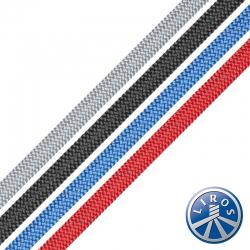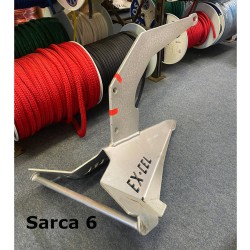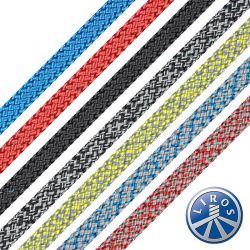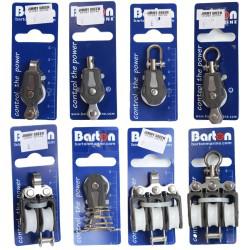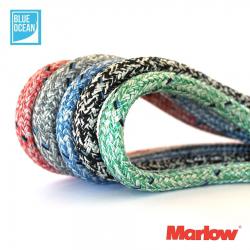Fender Size Guide
Choosing the right size fender
Consider these factors when selecting the appropriate size for your fenders: Yacht Length Overall, Yacht Displacement (weight) and the anticipated mooring conditions.
There is an old-fashioned rule of thumb that will give you a starting point before making a final decision based on these three main factors.
Rule of Thumb 1 = 1 inch fender diameter or 2 inch round fender diameter for every 4 or 5 feet of yacht length overall.
The rule has been interpreted and converted approximately into modern metric equivalents in the table:
| Yacht Length Overall | under 5m | 6m | 8m | 10m | 12m | 14m | 16m | 18m |
|---|---|---|---|---|---|---|---|---|
| Cylindrical Fenders Diameter | 100mm | 125mm | 150mm | 200mm | 250mm | 300mm | 350mm | 400mm |
| Majoni Star Size | Star 1 | Star 1 | Star 2 | Star 3 | Star 4 | Star 5 | - | - |
| Polyform F Series Size | F01L | F1/F02 | F2/F3 | F3/F4 | F4 | F5 | F5/F6 | F7/F8 |
| Round Fenders Diameter | 200mm | 250mm | 300mm | 400mm | 500mm | 600mm | 700mm | 800mm |
| Majoni Buoy Size | RB1 | RB1 | RB1 | RB2 | RB3 | - | - | |
| Polyform A Series Size | A1 | A1 | A2 | A3 | A4 | A5 | A6 |
Frequency Guide
There is another old rule of thumb for this as well.
Rule of Thumb 2 = 1 fender per 10 feet of Low Waterline Length (LWL) with a minimum of 3 for boats of 20 feet or less. The rule has been developed into a modern metric measure equivalent.
| Yacht LWL | under 6m | 6m-10m | 10m-14m | 14m-16m | 16m-18m |
|---|---|---|---|---|---|
| Fenders | 3 | 4 | 5 | 6 | 7 |
How to set up boat fenders
Fenders need to be deployed in a proper fashion, paying due care and attention to the spacing and height of the fenders and assessing what proportion should be round rather than cylindrical fenders.
Deploy at least one fender amidships (maximum beam), with the remainder spaced appropriately fore and aft from the centre outward.
When mooring alongside another yacht (rafting up), an extra fender or two amidships will be required for adequate protection. An additional round fender deployed fore and aft will help to fill the increased gap between the topsides.
Hang fenders so they are always clear of the water or even higher when required by the pontoon height. Secure the fender lanyards to strong, deck level anchorage points. Avoid using lifelines or guard wires if possible because they are not designed to withstand the potential stresses and strains. A lower attachment point maintains the fender in position better by lessening the arc or swing.
Cleaning Fenders
Keep your fenders clean and free from harmful grit by washing them with soap and water. Harsh cleaning agents are not advisable as they will harm the surface of the fender.
Fender covers are washable and help to keep your fenders clean and grit free, as well as protect them from the elements.








